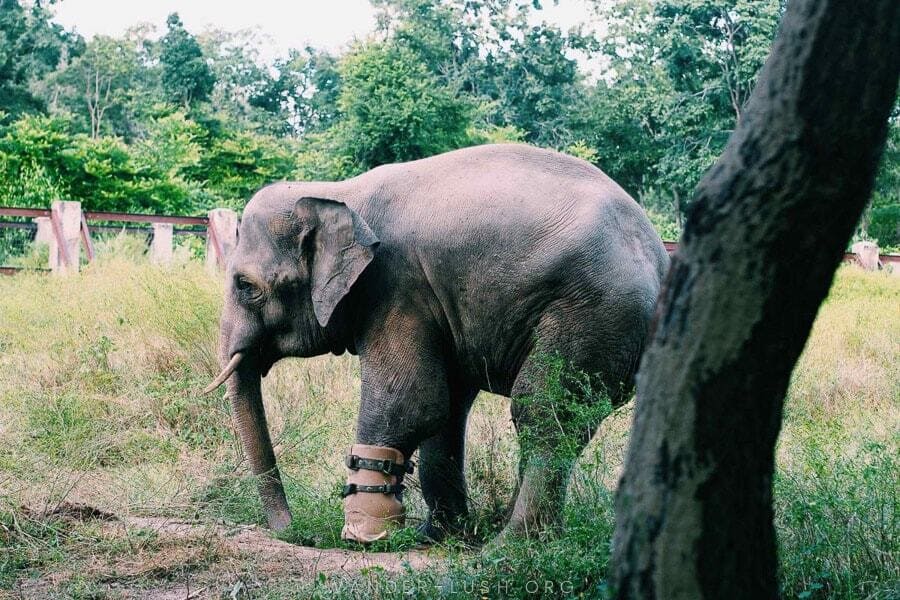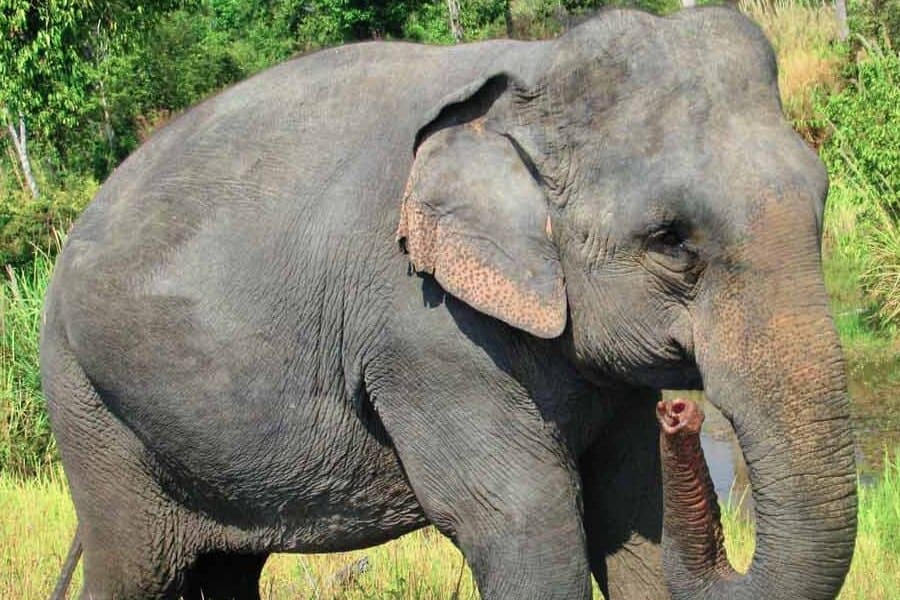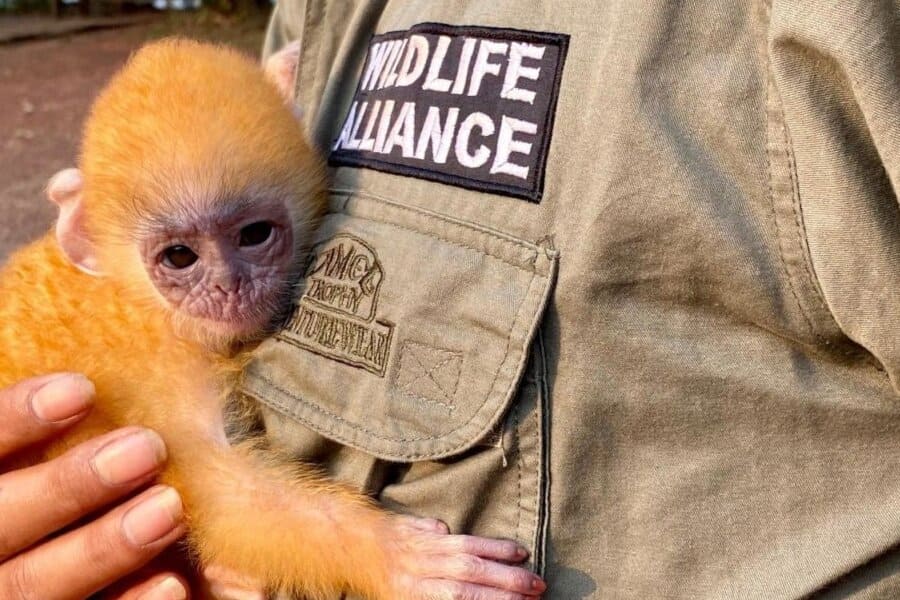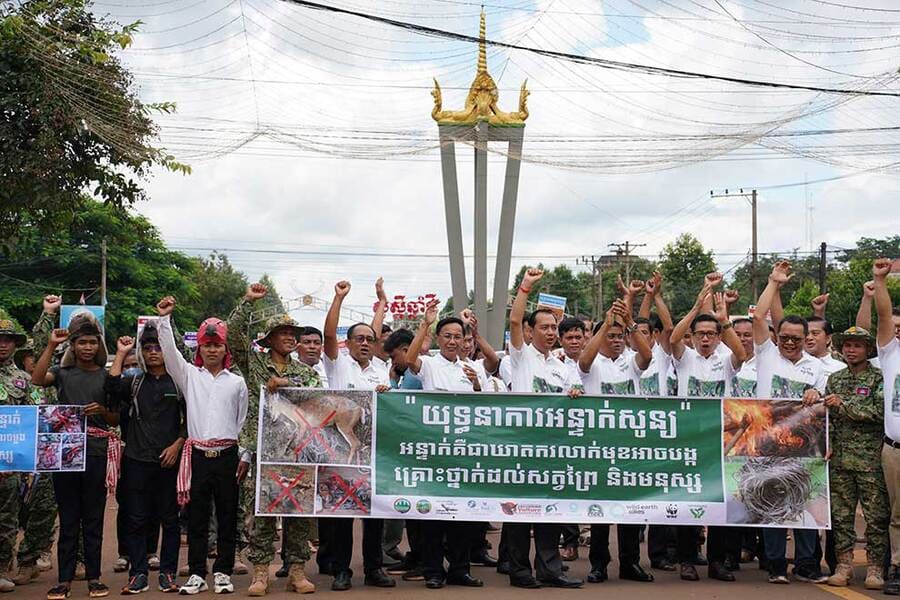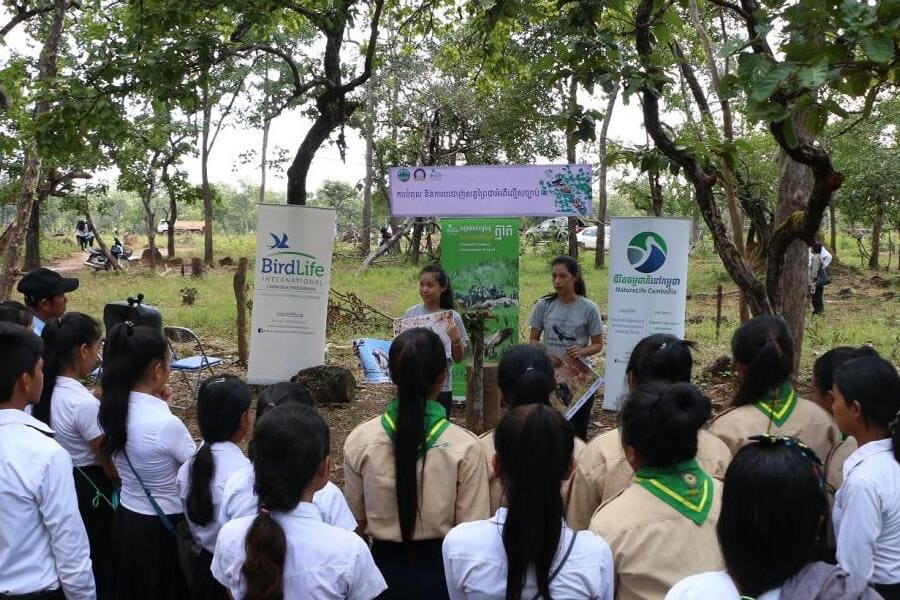Embarking on a journey through Cambodia's lush landscapes and biodiverse habitats, one cannot help but marvel at the country's rich array of wildlife. However, beneath the surface lies a complex tapestry of conservation efforts, where dedicated individuals and organizations strive to protect and preserve Cambodia's natural heritage. In the realm of cambodia tours, wildlife conservation emerges as a compelling narrative, highlighting both the successes and challenges faced in safeguarding the nation's biodiversity.
Contents
Wildlife conservation efforts in Cambodia
Wildlife conservation activities in Cambodia are crucial efforts aimed at preserving the country's rich biodiversity and protecting its unique ecosystems. Cambodia is home to a diverse array of wildlife, including iconic species such as elephants, tigers, leopards, and various species of primates and birds.
To address these challenges, Cambodia has implemented various conservation initiatives.
One of the primary strategies is the establishment and management of protected areas, national parks, and wildlife sanctuaries. These areas serve as important refuges for endangered species and critical habitats for wildlife, providing them with safe havens where they can thrive and reproduce.
In addition to protected areas, conservation efforts also focus on combating illegal poaching and wildlife trafficking. Anti-poaching patrols, law enforcement measures, and community-based conservation initiatives are employed to reduce the illegal hunting and trade of wildlife. Strengthening laws and regulations related to wildlife protection and increasing penalties for offenders are also part of these efforts.
Furthermore, conservation organizations work closely with local communities to promote sustainable livelihoods and alternative income-generating activities that reduce dependency on natural resources. This approach helps alleviate pressure on wildlife habitats and mitigates human-wildlife conflicts, fostering harmonious coexistence between people and wildlife.
Conservation education and awareness programs play a vital role in engaging the public and raising awareness about the importance of wildlife conservation. These programs aim to instill a sense of stewardship and responsibility towards the country's natural heritage, encouraging people to take action to protect wildlife and their habitats.
Success of wildlife conservation efforts in Cambodia
Phnom Tamao Zoological garden and wildlife rescue centre
Over 20 years ago, Phnom Tamao started as a wildlife rescue center and has now become the most diverse wildlife conservation area in Cambodia.
Established in 1995 in Takeo Province, the Phnom Tamao Wildlife Rescue Center is managed by the Cambodian government. Initially, it served as a rescue center for animals rescued from illegal trafficking and poaching. By 2000, it had expanded into a wildlife conservation area covering approximately 2,300 hectares of regenerated forest. All animals here originate from Cambodia.
Located in Takeo Province, Cambodia, the Phnom Tamao Wildlife Rescue Center is home to over 1,500 individual animals representing nearly 100 species, including Asian elephants, tigers, gibbons, crocodiles, and bears. Since 1997, Phnom Tamao has rescued over 130 bears, including sun bears, moon bears, and Asian black bears. All animals at the center are eventually released into the wild in Koh Kong Province, bordering Thailand, which is the largest protected forest area in Southeast Asia.
At Phnom Tamao, animals are provided with an environment that mimics their natural habitats. Open to visitors since 2001, the Phnom Tamao Wildlife Rescue Center now attracts approximately 200,000 tourists annually.
The Zero-Snaring Campaign
The Zero-Snaring Campaign is a program initiated by the Cambodian Ministry of Environment in collaboration with partners such as the World Wide Fund for Nature (WWF), Wildlife Conservation Society (WCS), and Birdlife International. Launched in March 2022, the campaign is expected to last for 6 months in the provinces of Stung Treng, Preah Vihear, Kratie, Mondulkiri, Kampong Thom, and Ratanakiri.
The purpose of the campaign is to raise awareness among local communities about the impact of snares on wildlife and humans, as well as to collectively work towards ending the scourge of poaching, trapping, and wildlife trade.
Like many other countries around the world, Cambodia faces increasingly severe biodiversity loss. Among the various causes contributing to this phenomenon is the trapping of wildlife. According to the Cambodian Ministry of Environment, in 2021 alone, nearly 62,000 snares were discovered and removed from 72 protected areas and biodiversity corridors nationwide, representing a 42% increase compared to the previous year.
Challenges of wildlife conservation efforts in cambodia
Wildlife conservation efforts in Cambodia face several significant challenges that hinder their effectiveness:
Poaching and Illegal Wildlife Trade:
Poaching remains a serious threat to Cambodia's wildlife, driven by demand for exotic pets, traditional medicine, and luxury goods made from animal parts. Despite law enforcement efforts, the illegal wildlife trade persists due to weak regulations, corruption, and inadequate resources.
Habitat Loss and Fragmentation:
Rapid deforestation, agricultural expansion, infrastructure development, and land concessions contribute to habitat loss and fragmentation, reducing the available space for wildlife populations. Fragmented habitats isolate species, disrupt migration routes, and increase the risk of extinction.
Human-Wildlife Conflict:
As human populations expand into wildlife habitats, conflicts arise between people and animals competing for resources. Crop raiding by elephants and conflicts with predators like leopards and dholes threaten both human livelihoods and wildlife survival. Addressing these conflicts requires sustainable land-use planning and community engagement.
Weak Law Enforcement and Governance:
Inadequate enforcement of wildlife protection laws, limited resources, and corruption undermine conservation efforts. Weak governance and regulatory frameworks allow illegal activities to flourish, undermining conservation initiatives and eroding trust in conservation authorities.
Lack of Awareness and Education:
Many Cambodians are unaware of the importance of wildlife conservation or the consequences of unsustainable practices. Education and outreach programs are essential for building public support, raising awareness about conservation issues, and fostering a culture of environmental stewardship.
Climate Change:
Climate change poses additional challenges to wildlife conservation by altering ecosystems, disrupting breeding patterns, and exacerbating habitat degradation. Rising temperatures, changing precipitation patterns, and extreme weather events threaten the survival of vulnerable species and increase their susceptibility to other threats.
Cambodia's wildlife conservation efforts showcase both remarkable successes and ongoing challenges in safeguarding the country's biodiversity. While significant strides have been made in protecting endangered species and their habitats, including the establishment of protected areas and anti-poaching measures, challenges such as habitat loss, illegal wildlife trade, and human-wildlife conflict persist. However, amidst these challenges, there are inspiring success stories of species recovery and community-driven conservation initiatives that offer hope for the future.


